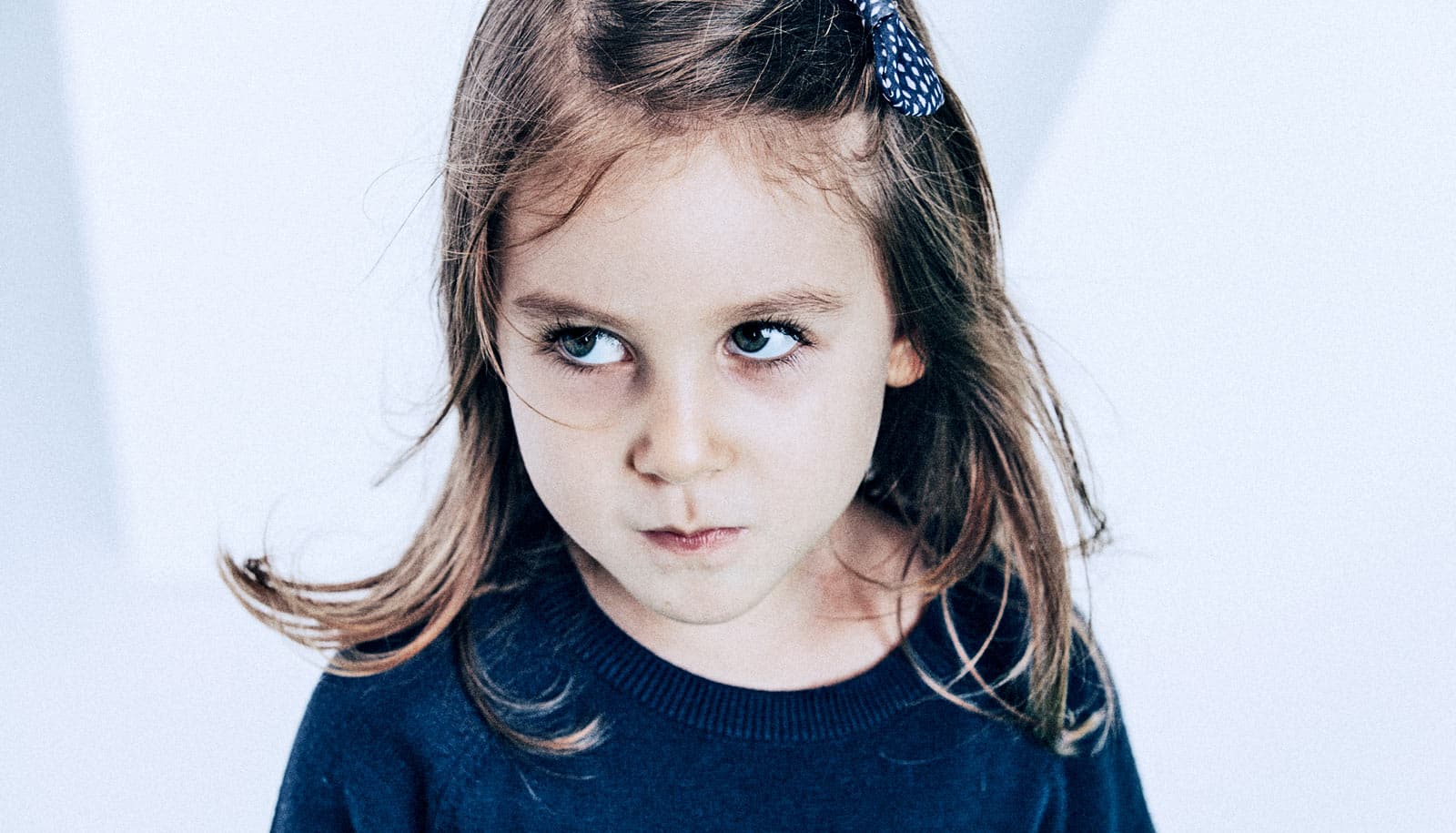There’s a difference between general aggressive behavior and bullying, even among young children, according to a new study. That means spotting a bully is not as easy as it might seem, the study suggests.
“It’s important for us to realize this distinction, in part because every aggressive behavior we see is not bullying,” says Jamie Ostrov, a professor in the psychology department at the University at Buffalo and lead author of a new paper in the Journal of Child and Family Studies.
“Certainly aggressive behaviors are problematic in their own right and also deserve our attention, but recognizing the differences in the two behaviors means we can begin a discussion about whether we have to do something different with interventions related to general aggression.”
Psychologists conceptualize bullying as a subtype of aggression. Aggressive behaviors are meant to hurt or harm. Bullying is a repetitive behavior further characterized by a power imbalance between two parties, such as one child against a group or a bigger child against a smaller child, Ostrov says.
The two studies detailed in Ostrov’s paper come out of his work to develop that definition and empirically test whether general aggression is different from bullying behavior.
“Victimization is receiving; aggression is displaying; bullying adds the power imbalance and repetition.”
“That’s the fundamental question guiding this paper,” he says. “The other component here is that we’re focusing on early childhood. There have been researchers who examined similar questions in adolescence, but we wanted to see what happens in children between 3- and 5-years-old.
Bullying can be physical, involving hitting, kicking, pinching, or taking things away from someone. It can also be relational or involve social exclusion, where kids might say, “You can’t be my friend anymore” or “You can’t come to my birthday party.”
“Victimization is receiving; aggression is displaying; bullying adds the power imbalance and repetition,” Ostrov says.
Using teacher reports for one study with 85 students and a second study that combined teacher reports and behavioral observations by a research staff on 105 students, Ostrov and his colleagues found relational aggression was associated with increases in relational victimization in both studies.
The results suggest that relational aggression, not relational bullying, was associated with increases in victimization.
“We have to keep this distinction in mind—it matters,” he says. “It’s also validating our overall definition of bullying. There is something distinctive about bullying.”
Ostrov, who was a member of a panel at the Centers for Disease Control and Prevention and the US Department of Education that worked to determine a uniform definition of bullying, will also present his findings at the International Society for Research on Aggression world meeting in Paris, France, on July 11.
Other researchers from the University at Buffalo and the University of Arkansas are coauthors of the paper.
Source: University at Buffalo



